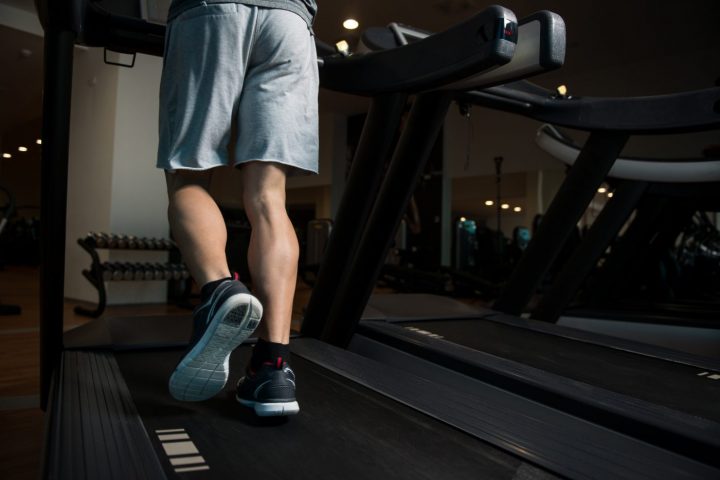Gait Variability Reflects Huntington’s Severity, According to New Sensor-Based Study of Walking Problems

Photo by Shutterstock
Digital gait measurements collected through sensors can be used as a biomarker for walking impairments in people with Huntington’s disease (HD), a new study suggests.
Individuals with HD were found to have smaller stride lengths and slower walking speeds, with more variation in their walking patterns, compared with healthy people of a similar age. Importantly, gait measurements were found to correlate with disease severity in HD patients, the researchers said.
The study, “Gait variability as digital biomarker of disease severity in Huntington’s disease,” was published in the Journal of Neurology.
Gait, or the way in which a person walks, is often impaired in people with HD. Walking slowly with irregular stepping patterns, and finding it hard to initiate each step are typical HD symptoms. These problems can affect quality of life as they limit an individual’s ability to complete daily activities independently.
There are many ways of measuring gait, from simply using a stopwatch to measure walking speed to complex three-dimensional cameras linked to computer programs.
In HD patients, assessing gait and determining how it is linked to disease severity could help in the development of more effective treatments. It also could allow for better evaluation of therapeutic approaches for treating the disease.
Thus, a team led by researchers at Friedrich-Alexander University Erlangen-Nürnberg, in Germany, assessed gait parameters in HD patients using sensors, with the aim of identifying any disease-specific patterns. The researchers also investigated a possible link between gait parameters and patients’ Unified Huntington’s Disease Rating Scale (UHDRS) total functional capacity and total motor scores. The UHDRS is considered the gold standard for establishing the onset of symptoms in HD.
The study included 43 patients from two different clinics in Germany. All participants had motor symptoms, and all were part of ENROLL-HD (NCT01574053), a global, observational, registry study assessing HD symptoms and how the disease progresses over time. Nearly all — 40 total — had done genetic testing confirming the HD diagnosis.
As controls, a group of 43 age- and gender-matched healthy individuals also were analyzed.
Sensors were fitted to the bottoms of the participants’ shoes, which recorded their movement as they walked for 10 meters, or about 32 feet. Each participant did the same 10-meter walk four times. Data collected from the sensors was then processed using machine learning algorithms — software programs that can learn from data and improve from experience — which provided average values for length and speed per step.
The results showed that the stride length was 15% less for those with HD compared with the healthy controls, while gait velocity (walking speed) was reduced by 19%. Additionally, stride time and stance time were significantly increased in HD patients compared with their healthy counterparts — 7% more in stride time, and 2% more in stance time.
Further, gait measurements among the people with HD were shown to be more irregular (higher variability) compared with the healthy controls. The largest, and more significant, differences between the two groups were found in three measures: stride time variance, which was 37% higher in HD patients compared with controls; swing time variance, found to be 41% higher in those with HD; and stance time variance, which was 38% higher in HD patients.
The data also showed moderate-to-strong correlations between gait measurements and UHDRS total motor scores and total functional capacity.
Importantly, stride time variance was found to be “the sole parameter detecting differences between moderate and advanced HD patients,” the researchers said.
Overall, the “results suggest that gait parameters derived from sensor-based gait analysis serve as an objective, digital biomarker for gait patterns in HD,” the team concluded.
“Altered gait variability represents characteristic irregularity of gait in HD, and reflects disease severity,” they added.
The team suggests that, to confirm these findings, disease monitoring, “including long-term recordings at patients’ home and individual care, should be the focus of future studies using sensor-based gait analysis.”






